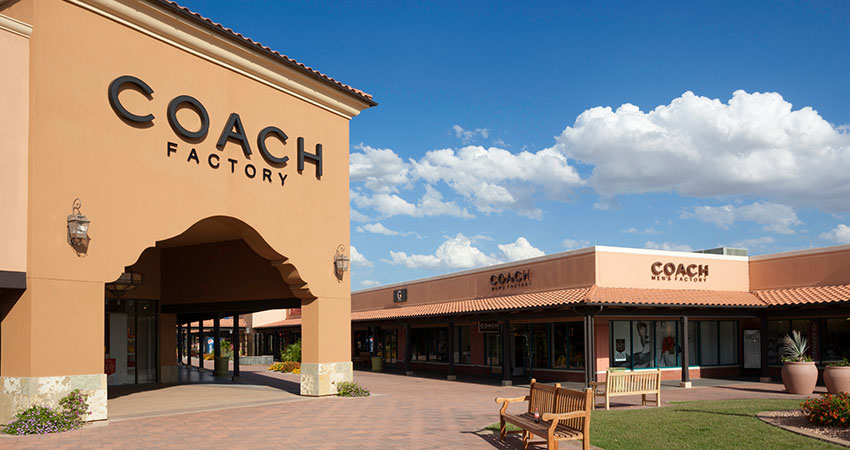Brick-and-mortar retailers selling online saw a 15% boost in advertising spending last week based on COVID-19, according to data from MediaRadar, while big-box chains like Target, Costco and Walmart are dialing it back as demand for essentials like cleansers and groceries has been overwhelming.
“The major e-tailers slowed down their advertising investment, because they were so overwhelmed with the orders,” said Todd Krizelman, founder and CEO of MediaRadar. “Amazon for instance is prioritizing essential items. Spend for them was meaningfully down, off 45% from the first week of March across 16 big box retailers.”
Overall, traditional brick-and-mortar retailers, who essentially are now ecommerce companies, have gone in the other direction, stepping up their ad spend as a result of COVID-19, MediaRadar found.
Krizelman said the increase in ecommerce ad spend wasn’t uniform across categories but varied a great deal. “Some are doing nothing, they’re in the minority, while others are up a lot,” he said. “Some categories are really leading. Skin care advertising is up 51%, air freshener is up 100%, cereal brands are up 50% and home improvement is up 29%.”
There are also a lot more companies advertising across retail and ecommerce, MediaRadar found. In an average week, the company tracks roughly 2,200 to 2,300 ecommerce companies that are advertising, Krizelman said. Beginning with the first week of March, MediaRadar found the number had risen to 2,400 companies, then 2,600, then 2,744 last week.
“There’s no question, major retailers are in trouble, so what we’re seeing is all those companies with ecommerce sites are spending money advertising,” he said.
MediaRadar tracks advertising across 12 media formats, including social media, desktop, mobile, print newspapers and magazines, television, email and podcasts. “Podcast advertising in particular has really been up in the last few weeks,” Krizelman said.
The increase in ad spend on ecommerce during the COVID-19 outbreak is not just about travel being curtailed and home office and distance learning becoming the de facto practices.
“All companies have something to sell, and ecommerce is now their lifeline, the only way to make money,” Krizelman said. “At all levels and sizes and types of companies, they’re more actively spending right now. The exception again is the big-box retailers who are holding steady or slowing down a bit.”
There has also been a major shift in messaging, he said, with retail and ecommerce companies stressing the safety measures being taken to protect their employees and products from infection, to assure skittish customers that they’re safe.
Krizelman said some brands in particular jumped ahead of the looming COVID-19 crisis, getting out relevant messaging early and standing up ad campaigns rapidly to keep their customers informed. Coach in particular launched a campaign in early March tied to its new website for its outlet stores.
“I think the Coach story is unusual,” he said. “Most big companies don’t move that fast. They abruptly stopped their other (ad) spending and initialized the new campaign. Verizon also moved incredibly fast, as did Cadillac. It was the only car company in early March that anticipated the closure of dealerships and steered buyers online, saying here’s how to get started.”
Verizon, he said, created a video campaign in Spanish and English tied to the outbreak. “They were definitely on top of it,” he said. “Someone had to talk to the agency, do casting, push everything out at very high speed. It was an incredibly quick standup. Most companies coming into April are rushing their agencies to craft new messages for their brands. To have done it so early was really ahead of the curve.”

